Pilonidal sinus cyst or abscess is a common condition. Pilonidal Abscesses can cause intense pain, significant discomfort, and complications. Particularly, if not properly managed. Removing the entire cyst can be difficult, and there is a likelihood of recurrence even after surgical procedures.
We’ve compiled commonly frequently asked questions (FAQs) from our patients. Thinking it may be beneficial for individuals. Particularly understanding the causes, risk factors, and treatment options. To effectively manage and prevent these conditions.
What is a Pilonidal Cyst?
A pilonidal cyst is a small pocket in the skin at the base of the spine, buttocks crease, or anus. Filled with hair (ingrown hair), dirt, and skin debris. Eventually becomes painful after getting infected. As a result, leads to abscesses.
A pilonidal sinus is an abnormal channel. That develops from the symptoms of a pilonidal sinus cyst to the skin surface. Moreover, it’s located at the top of the buttocks.
However, it’s more common in men than women. If not timely treated it can be very uncomfortable.
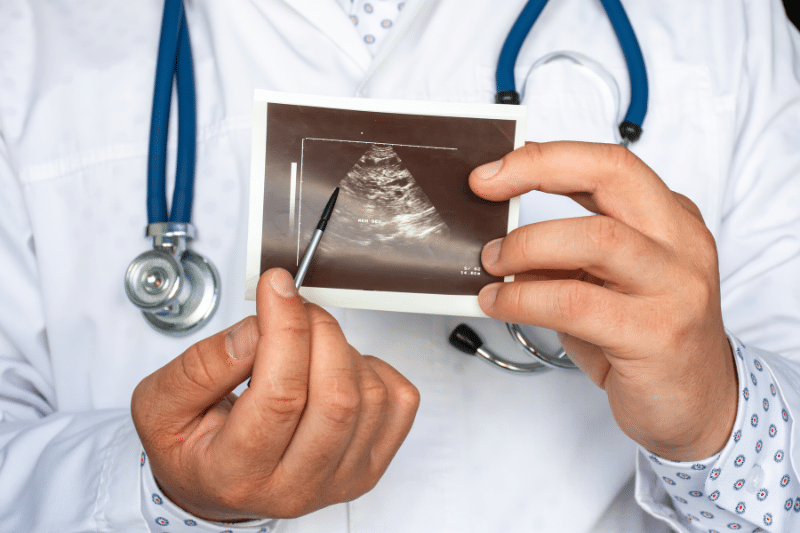
How Common are Pilonidal Cysts?
Pilonidal sinus cysts are relatively common, especially among young adults. According to the American Society of Colon and Rectal Surgeons. Every year in the USA, 70,000 cases of pilonidal disease diagnosed.
It’s more common in people who sit with sedentary lifestyles or those with excessive body hair.
What is the difference between a Pilonidal Cyst and a Pilonidal Sinus?
A pilonidal cyst is a fluid-filled sac under the skin. Whereas a pilonidal sinus is a narrow channel that connects the cyst to the skin surface.
Furthermore, the sinus develops when the area around the cyst get infected. Then it needs an outlet to discharge pus.
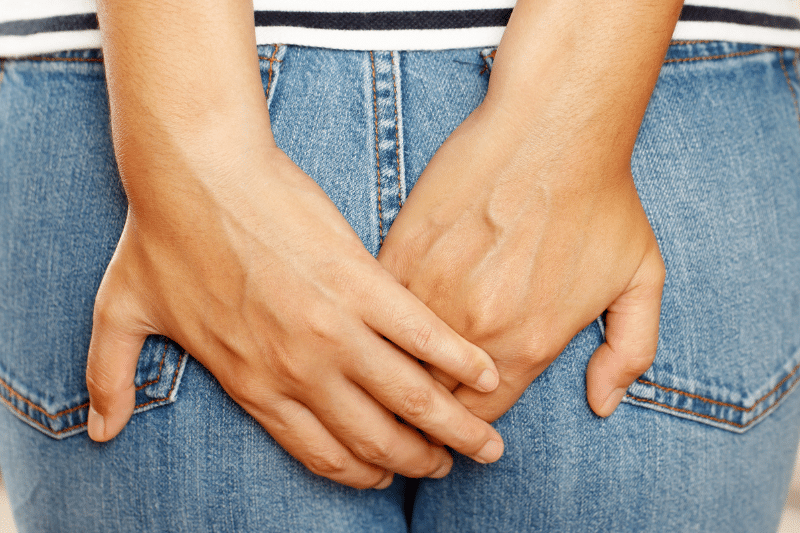
Infected Pilonidal Cyst – Causes and Risk Factors
Hair and debris trapped under the skin cause pilonidal sinuses. Sitting for long periods, tight clothing, and poor hygiene. Contribute to the formation of these sinuses.
Once trapped the hair follicles and other debris can cause an inflammatory response and the sinus forms. It is important to clean the skin in the buttock crease to remove loose hairs, bacteria, and debris.
Can Poor Hygiene Cause Pilonidal Cysts?
Poor hygiene can contribute to the development of pilonidal cysts. Bacteria can accumulate from unclean skin, sweat, and dirt. Resulting in increased risk of infection and inflammation.
Consequently, regular cleaning, maintaining good personal hygiene, and a healthy weight. It surely helps reduce the likelihood of developing pilonidal cysts.
Does Sitting for Long Periods Cause Pilonidal Cysts?
Prolonged sitting can increase the risk of developing pilonidal cysts. Because it puts pressure on the skin in the sacrococcygeal area. Precisely, near the tailbone region.
Further, causing friction and irritation to the skin itself. The trapped hair follicles and debris result in cyst formation.
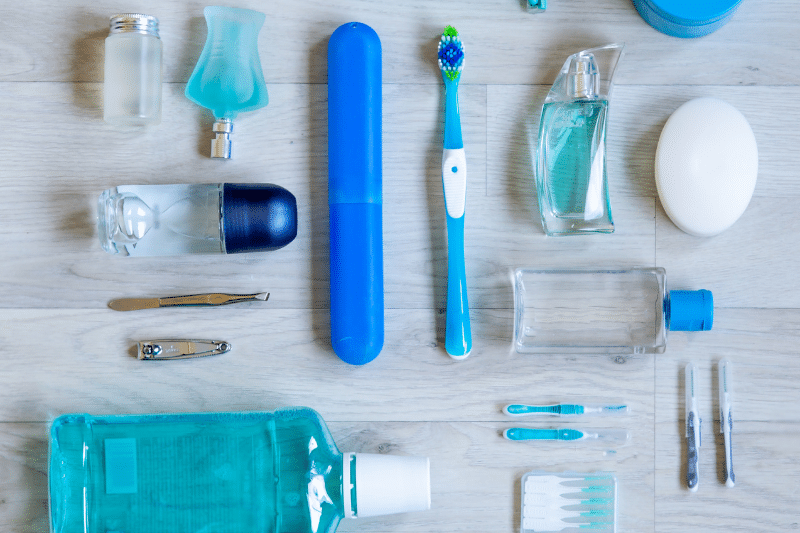
Triggers and Symptoms
How Serious is a Pilonidal Cyst?
Pilonidal cysts can be painful and annoying but not life-threatening. But if left open and untreated can lead to abscesses and chronic infection. Treatment is key to preventing these complications.
What are the Symptoms of Infected Pilonidal Sinus?
Symptoms of pilonidal sinus are swelling, redness pus, or blood discharge in the crease between the buttocks and tailbone. You may see blood discharge from a small hole in the skin.
You may also develop a fever. If you experience these symptoms, seek medical treatment immediately.
How Do Pilonidal Abscesses Form?
Pilonidal abscesses form when the swollen area of a pilonidal cyst becomes infected. The infection fills the entire, infected pilonidal cyst up with pus and causes more pain, redness, and swelling. The abscess may burst and release the pus and give temporary relief.
Are Pilonidal Cysts Hereditary?
There is some evidence to suggest that both pilonidal disease can have a hereditary component. The doctor will evaluate if you have a family history of pilonidal disease.
Then you may be at a higher risk of developing cysts yourself. However, lifestyle and environmental factors also play significant roles in the development of these cysts.
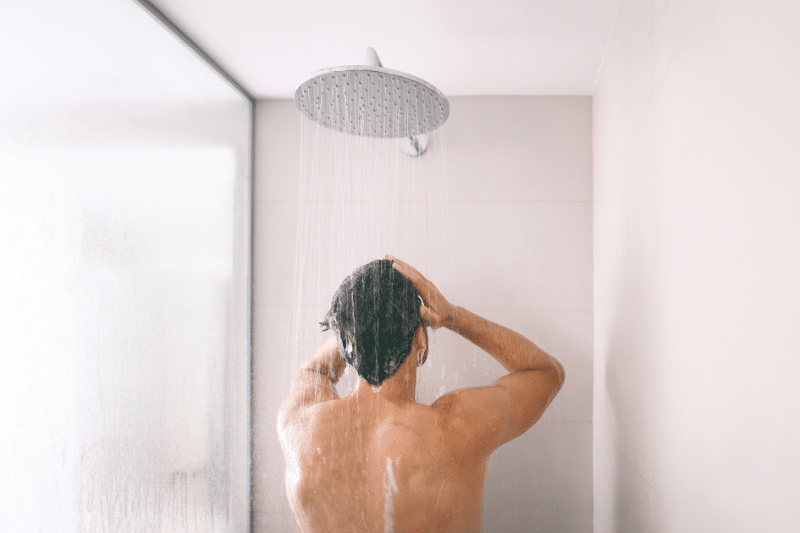
Diagnosis
Can a Pilonidal Cyst Make You Feel Unwell?
A pilonidal cyst can make you feel unwell, especially if it becomes infected. Symptoms and signs of infection from an infected pilonidal cyst include fever, chills, and general malaise. The area around the infected cyst may also become extremely painful and swollen.
How Do You Self-Diagnose a Pilonidal Cyst?
You can self-diagnose a pilonidal cyst by checking for a tender lump at the base of your tailbone. The area might be red and swollen. If you notice pus or drain from a small opening, it’s likely a pilonidal cyst. However, always seek professional medical advice for an accurate diagnosis.
What Can Be Mistaken for a Pilonidal Cyst?
The condition includes abscesses, sebaceous cysts, and hidradenitis suppurativa. Subsequently treated, these conditions also present with lumps and inflammation, making professional diagnosis crucial.
How Is a Pilonidal Cyst Diagnosed?
Doctors diagnose it through a physical examination. The doctor will look for signs of swelling, redness, and discharge near the buttocks crease or tailbone.
In some cases, doctors diagnose it through imaging tests like ultrasound. To further assess the extent of the pilonidal cyst and any associated abscesses.
Can a Pilonidal Cyst Cause Back Pain?
Yes, it can cause back pain especially if it becomes large or can get infected. The pain usually radiates from the buttocks. Additionally can become more intense when sitting or lying down.

Non-Surgical Treatments
Will a Pilonidal Cyst Go Away on Its Own?
In some cases, a pilonidal cyst may go away on its own. Especially without surgery or if it is small and won’t become infected. However, most require treatment or surgery for the affected area.
How Do You Treat a Pilonidal Hole Without Surgery?
To treat a pilonidal hole or wound without a surgery procedure. The doctor’s office recommends drainage and schedules follow-up appointments. You can use warm compresses to reduce pain and encourage drainage.
Keeping the wound area clean (shaving if required) and dry is essential. In some cases, doctors may prescribe antibiotics, hair removal, or surgical procedure with local anesthesia to treat the wound infection.
How Do You Treat a Pilonidal Fissure at Home?
Home treatments for the symptoms of a pilonidal or fissure include warm compresses, sitz baths, and keeping the affected or wound area very clean and dry. Over-the-counter nonprescription pain medicine can help manage discomfort. Avoid tight clothing and prolonged sitting to reduce irritation.

Can Pilonidal Abscess Heal on Its Own?
While some pilonidal abscesses may drain and heal on their own. Although most require medical intervention to heal and prevent further infection.
As well as taking antibiotics can help speed up the drain and healing process. Pilonidal disease treated with antibiotics, home hygiene, and draining of pockets can effectively resolve the infection.
What Is the First-Line Treatment for a Pilonidal Abscess?
The first-line treatment for a pilonidal abscess is incision and drainage. This simple procedure involves making a small cut to release the pus and reduce pressure. Doctors may also prescribe antibiotics to treat any underlying infection.
What Antibiotics Treat Pilonidal Abscesses?
Common antibiotics used to treat pilonidal abscesses include amoxicillin-clavulanate, clindamycin, and metronidazole. Thus, the choice of antibiotic depends on the severity of the infection As well as any allergies the patient or doctor may have.
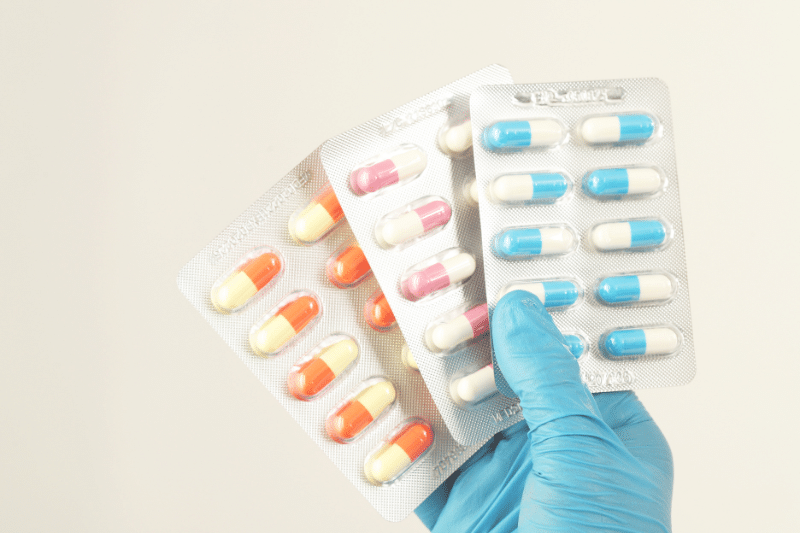
Are There Any Home Remedies for Pilonidal Cysts?
Home remedies for pilonidal cysts include warm compresses, sitz baths, and keeping the area clean and dry. Over-the-counter pain relievers can help manage discomfort.
However, professional medical treatment is often necessary for effective management. Nevertheless, lifestyle changes can help manage pilonidal cysts.
Maintaining good hygiene, avoiding prolonged sitting, shaving, and hair, and removing hair follicles from the infected area. To reduce the risk of cyst formation and recurrence.
How Effective Are Non-Surgical Treatments for Pilonidal Cysts?
They can be effective for managing mild cases of pilonidal cysts. However, chronic or severe cases of prevent pilonidal cysts often require surgical intervention. Regular follow-up with the doctor is essential for monitoring and managing the condition.










